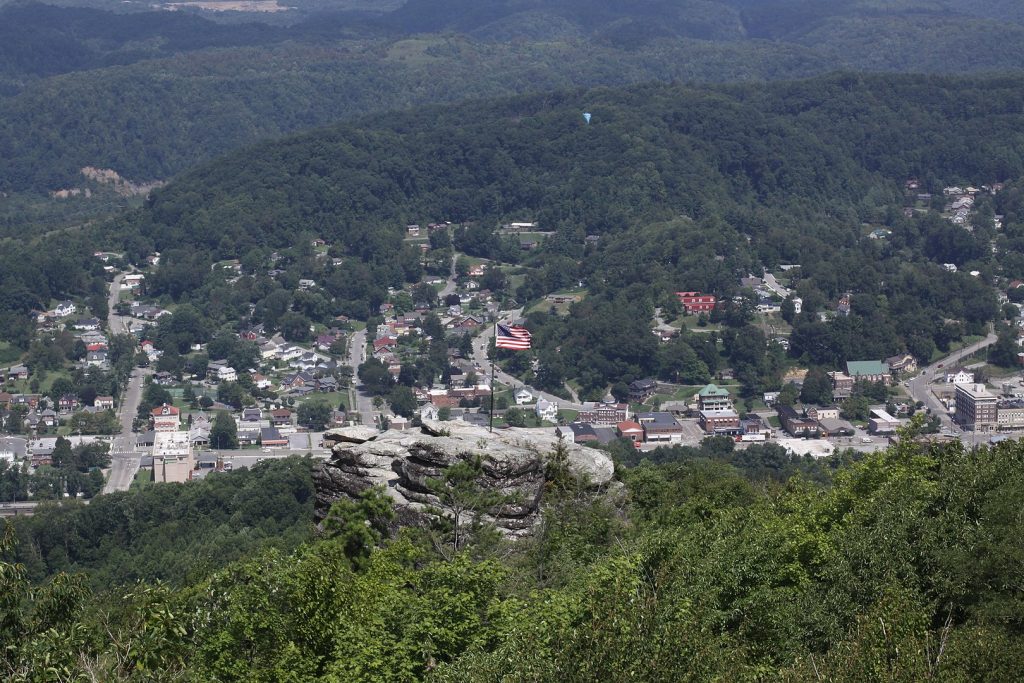Cleaning Up Coal Ash
For well over a century, power plants across the country have burned coal to generate electricity. And for just as long, leftover coal ash has been dumped in open, unlined pits near the power plant, usually located on a river or lake. Every year, U.S. power plants produce 130 million tons of coal ash, which is the second largest waste stream in the country after municipal garbage.
Coal ash concentrates the toxic heavy metals found in coal, including arsenic, mercury, lead and selenium. Stored in unlined, wet impoundments, coal ash has been leaking these toxics into our groundwater and surface waters for years. Sometimes these impoundments collapse — with disastrous results.
Yet government regulations for coal ash management are either non-existent or sparse, and there is little enforcement of the regulations that do exist. In North Carolina, this lack of oversight — and the complicity between state regulators, elected officials and Duke Energy — came to a boiling point in February 2014 when one of Duke’s coal ash impoundments spilled 39 million tons of ash into the Dan River.
Citizens living near North Carolina’s 33 coal ash impoundments — all of which have leaked — have fought for transparency from Duke and the state, and for cleanup of the pollution that threatens their property value, health and family. Their actions forced this issue into the headlines of news networks and to the forefront of environmental justice conversations in the United States.
Appalachian Voices stood with these communities as we worked for years to compel Duke Energy and the N.C. Department of Environmental Quality to excavate coal ash from all the North Carolina sites and dispose of it either in lined, dry landfills, away from waterways, or by recycling it for concrete or other uses, provided it’s done in a manner that protects public health and the environment.
On Jan. 2, 2020, North Carolina announced a historic settlement with one of the state’s most powerful corporations and polluters, Duke Energy. The settlement requires Duke to move nearly 80 million tons of toxic coal ash at six of its power plants to properly lined landfills onsite or recycle it.

Learn information about specific coal ash impoundments in the South, including health threats and safety ratings:
Additional Resources
Fact sheets, videos, links to academic research, and more
Sign Up to Act
Help us protect the health of our communities and waterways.
Latest News
West Virginia statehouse resolution shows growing bipartisan support for increased funding for mine reclamation
West Virginia legislature interim committee passes resolution encouraging…
N.C. Legislators Release Controversial Energy Bill
N.C. House Republicans unsuccessfully proposed a bill after months of secret negotiations with Duke Energy and others that would have cleared the way for multi-year rate hikes, a massive build-out of natural gas infrastructure and more.
Duke Energy rate hike harms low-income families
In North Carolina, electricity rates are set through a “give and take” process that ultimately favors Duke Energy and its shareholders, and harms lower-income families. That’s got to change.
Biden must stop methane pipelines to deliver on climate change and environmental justice
In the USA Today, Indigenous leader Crystal Cavalier and climate scientist Michael Mann team up for this op-ed calling out the Mountain Valley Pipeline as a nail in America’s climate coffin and environmental injustice.
Stakeholder process invites Southwest Virginians to comment on state support for the region
The Virginia DMME held the first of three listening sessions to hear Southwest Virginians’ thoughts on how the state can support the region going forward as the coal tax credits expire. Residents can submit comments in person, by mail or online.
Students Push for Campus Climate Action
College students across the Appalachian region are calling for a host of climate and sustainability initiatives on their campuses.











